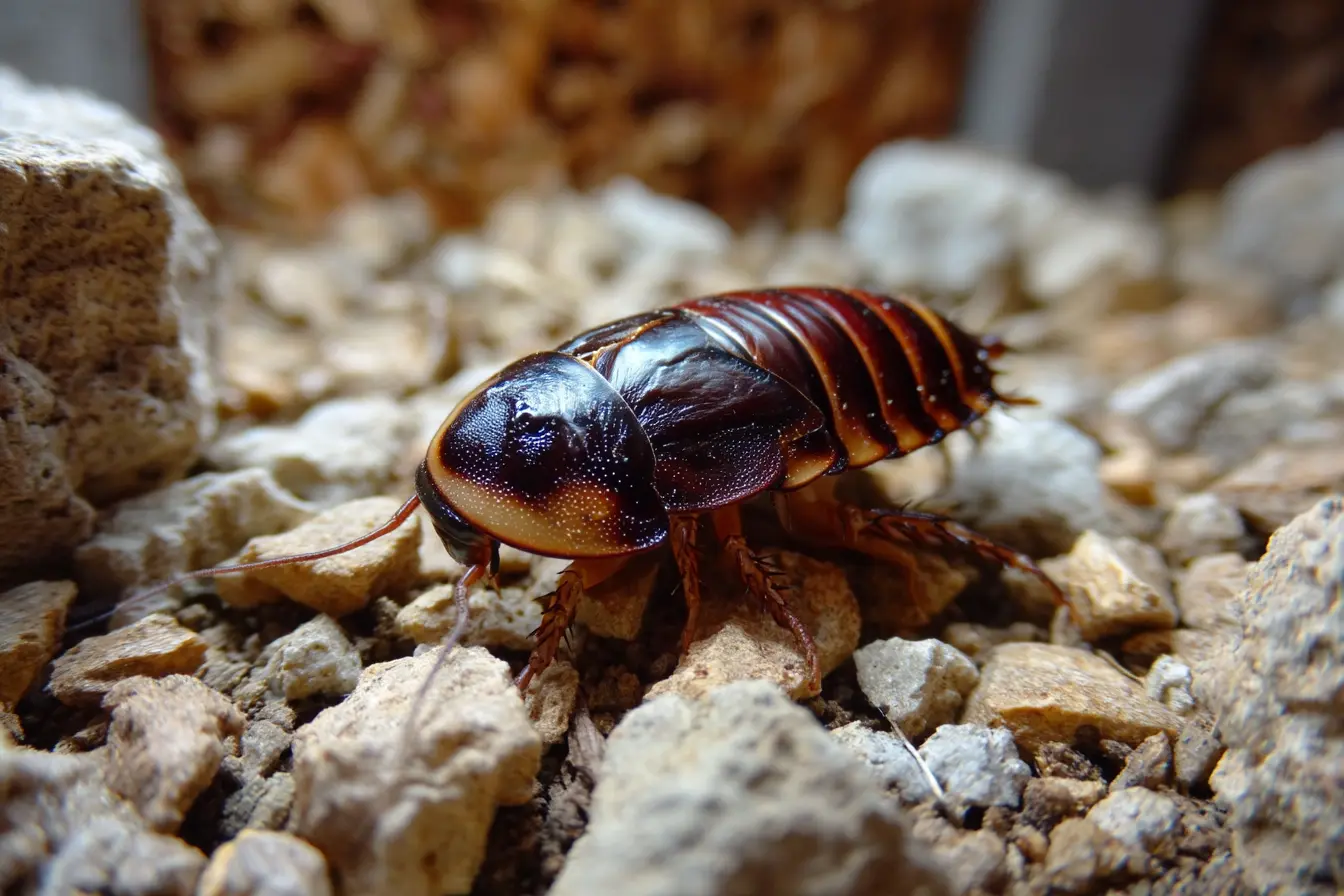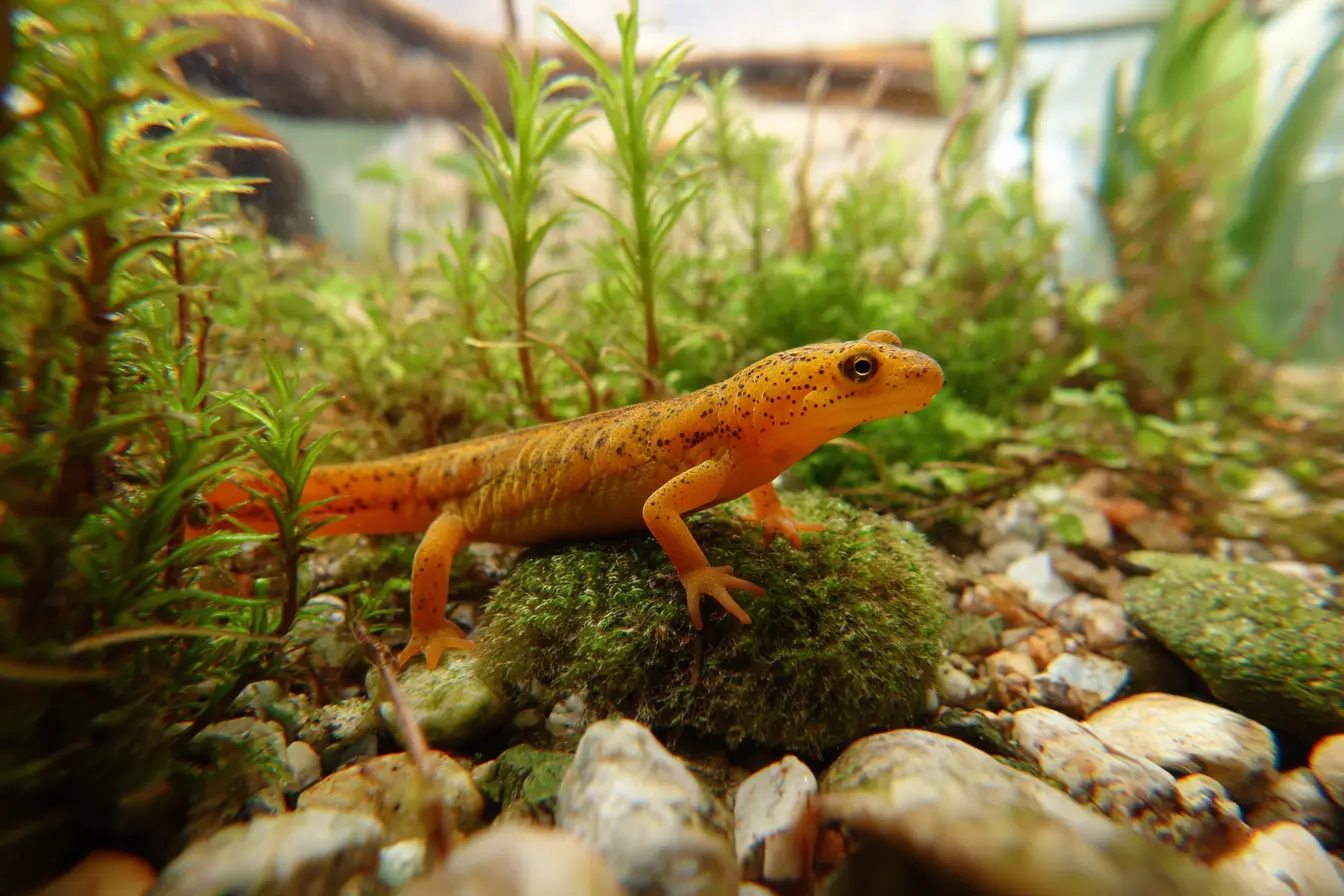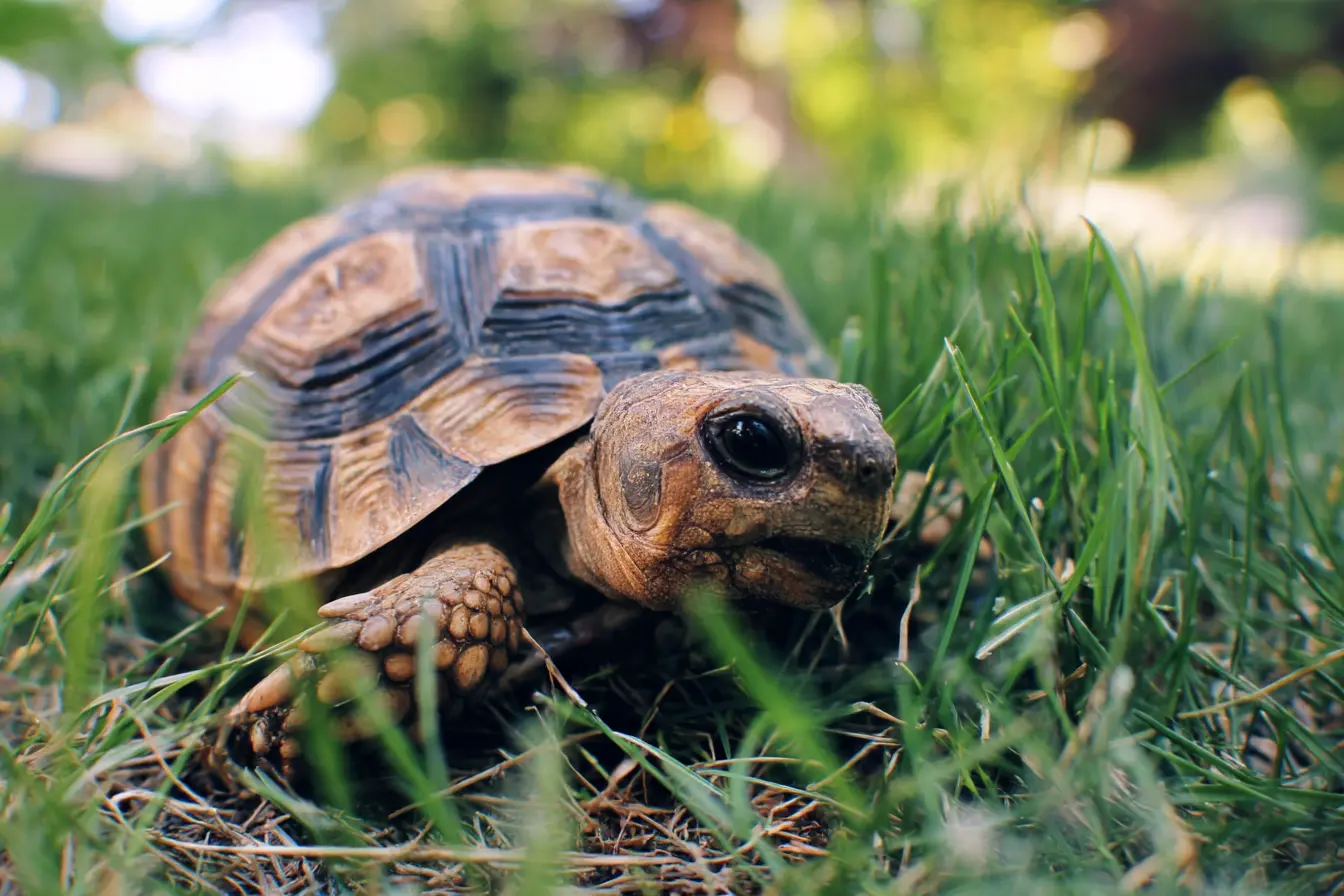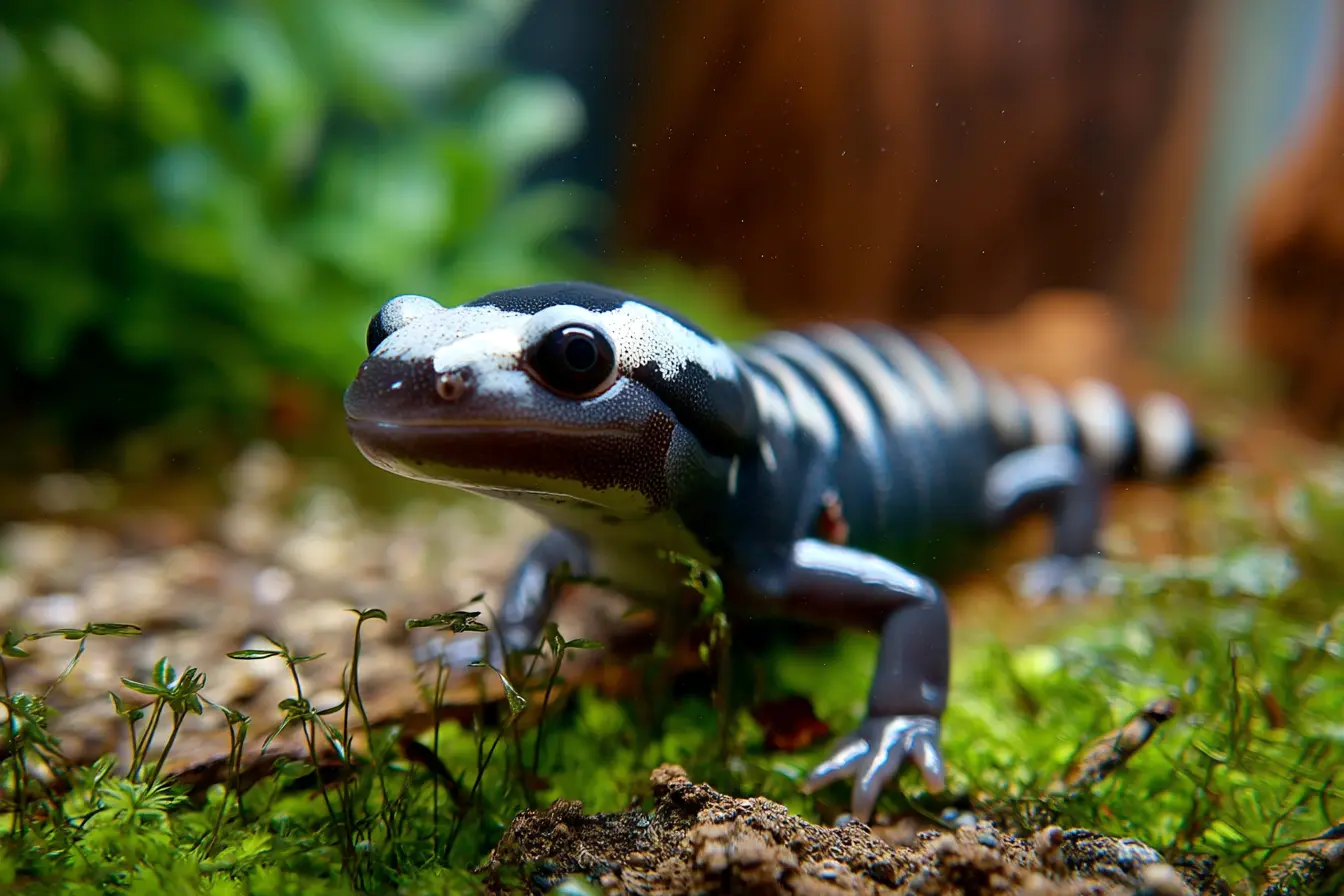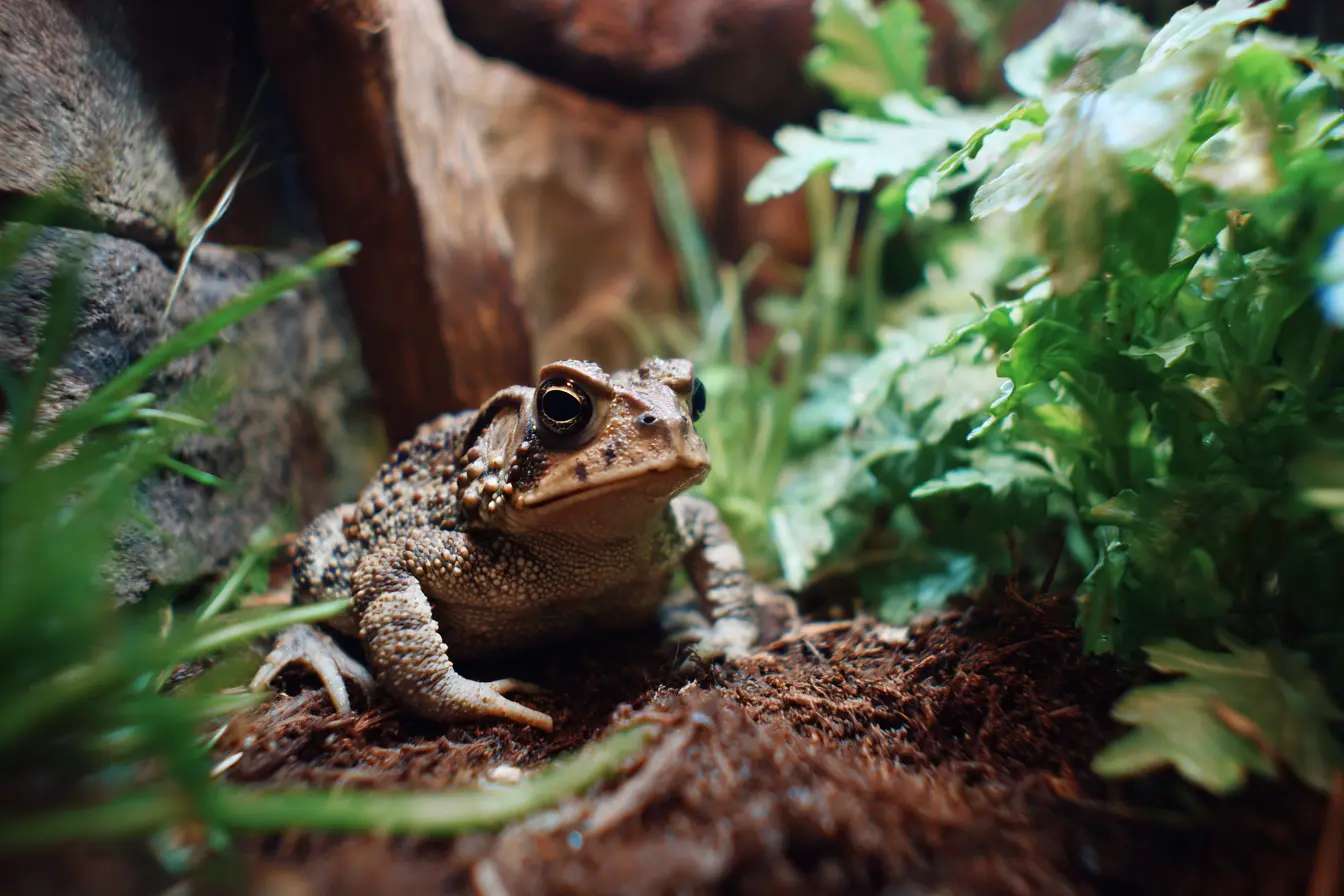
Keeping the American Toad: A Comprehensive Guide
The American toad (Anaxyrus americanus), a charming and hardy amphibian, is a common sight across much of North America. Known for its bumpy skin, endearing appearance, and easily managed care requirements, the American toad is a favourite among beginner and experienced amphibian keepers alike. Whether you find them fascinating for their terrestrial lifestyle or their peaceful nature, these toads make wonderful pets for those prepared to meet their basic environmental needs.
This comprehensive guide will walk you through everything you need to know about keeping the American toad happy and healthy in captivity.
Physical Characteristics
Size
- Adult American toads range from 5 to 10 cm (2 to 4 inches) in length.
- Females are typically larger and heavier-bodied than males.
Lifespan
- With appropriate care, American toads can live 10–15 years in captivity, and some have been known to live over 20 years.
Colouration and Skin Texture
- Colour can vary greatly, including shades of brown, tan, grey, olive, or even reddish.
- Their skin is dry and covered in warts or bumps—perfect camouflage for woodland environments.
- They have distinctive dark spots with 1–2 warts inside each spot, helping to distinguish them from similar species.
Sexual Dimorphism
- Females are usually larger and lighter in colour.
- Males develop darkened throats during the breeding season and tend to have rougher, more pronounced nuptial pads on their forearms.
Legal and Ethical Considerations
Before acquiring an American toad, always check your local regulations. Captive-bred toads are recommended, as they are healthier and don’t negatively impact wild populations. If you find a wild toad, it’s best to enjoy it in nature rather than take it home.
Housing and Enclosure Setup
American toads are terrestrial and require a habitat that allows for burrowing, hiding, and easy movement.
Enclosure Size
- A single adult can comfortably live in a 40-litre (10-gallon) terrarium.
- For two or more toads, a 75-litre (20-gallon) setup or larger is ideal.
Substrate
- Use a deep, soft substrate to encourage natural burrowing behaviours:
- Organic topsoil (without fertilisers)
- Coconut fibre
- Leaf litter on top can help mimic natural conditions
- Substrate depth of 7–10 cm (3–4 inches) is recommended.
Enclosure Furnishings
- Include multiple hides such as cork bark, rocks, or plant pots.
- Live or artificial plants can be used to provide cover.
- A shallow water dish should always be available, with clean, dechlorinated water for soaking.
Temperature and Humidity
- Temperature: 18–25°C (65–77°F) during the day, slightly cooler at night.
- Humidity: 50–70%, maintained by misting every 1–2 days.
- American toads prefer moderate humidity—avoid overly damp conditions that can lead to skin infections.
- Seasonal temperature cycling (cooler in winter) is beneficial, especially if you intend to breed them.
Lighting
- American toads are primarily nocturnal and do not require UVB lighting.
- A low-output LED or ambient room light is sufficient to simulate day-night cycles.
- If live plants are used, low-level full-spectrum lighting can be provided.
Diet and Feeding
American toads are voracious insectivores, eating a wide range of invertebrates.
Suitable Food Items
- Earthworms (staple diet)
- Crickets
- Dubia roaches
- Mealworms (sparingly)
- Waxworms (occasional treat due to high fat content)
- Black soldier fly larvae
- Wild-caught insects like pill bugs (only from pesticide-free areas)
Feeding Schedule
- Juveniles should be fed daily.
- Adults can be fed every 2–3 days, adjusting quantities based on activity and body condition.
Supplementation
- Calcium powder (with or without vitamin D3) should be dusted on food 2–3 times per week.
- A multivitamin supplement once every 2 weeks promotes long-term health.
Handling and Behaviour
American toads are peaceful, hardy, and entertaining to observe.
Behaviour
- Mostly nocturnal, spending daylight hours buried or hiding.
- Will emerge to forage in the evening or after misting.
- Capable of producing soft chirping calls, particularly males during breeding season.
- Not particularly social, but small groups can be housed together if there’s adequate space.
Handling
- While they tolerate occasional handling better than many amphibians, frequent handling should be avoided.
- Their skin is sensitive, and oils or chemicals from human hands can be harmful.
- Always wash your hands before and after handling, or use damp, powder-free gloves.
Health and Common Problems
American toads are generally robust but can experience health issues if basic care is neglected.
Common Health Problems
- Skin infections (redness, lesions) from poor hygiene or overly wet conditions.
- Bloating caused by internal infections or impaction.
- Obesity from overfeeding or too many fatty insects.
- Metabolic bone disease from calcium or vitamin D3 deficiency.
- Parasites especially in wild-caught toads or if fed unclean wild insects.
Preventative Care
- Spot clean regularly and change substrate every few months.
- Provide a varied, calcium-rich diet.
- Maintain appropriate temperature and humidity.
- Quarantine any new arrivals before introducing them to existing toads.
Breeding American Toads
Breeding American toads in captivity can be rewarding but requires simulating seasonal changes.
Breeding Triggers
- Induce a simulated winter brumation by reducing temperatures to around 4–8°C (40–46°F) for 6–8 weeks.
- After warming and increased misting, males will call and attempt to attract females.
Reproduction
- Females lay long strings of eggs in shallow water.
- Eggs hatch within 3–12 days, depending on temperature.
Raising Tadpoles
- Tadpoles are entirely aquatic and should be raised in a separate tank with dechlorinated water.
- Feed with algae wafers, boiled greens, or spirulina powder.
- Metamorphosis typically occurs within 6–8 weeks, after which they transition to a terrestrial habitat.
Conclusion
American toads are low-maintenance, rewarding amphibians perfect for naturalistic terrarium setups. Their endearing looks, calm nature, and simple care requirements make them suitable for beginners, while their fascinating life cycle and breeding habits provide ongoing interest for experienced keepers.
With basic attention to enclosure setup, diet, and cleanliness, you can enjoy the company of these wonderful amphibians for many years. Whether as a first amphibian or an addition to a growing collection, the American toad is a delightful and educational pet.
Vets near you
Speciality vets
- Aquatics vet specialists
- Birds vet specialists
- Camelids vet specialists
- Cats vet specialists
- Cattle vet specialists
- Deer vet specialists
- Dogs vet specialists
- Equines vet specialists
- Exotic vet specialists
- Goats vet specialists
- Pigs vet specialists
- Poultry vet specialists
- Sheep vet specialists
- Small Mammals vet specialists
- Wild vet specialists
